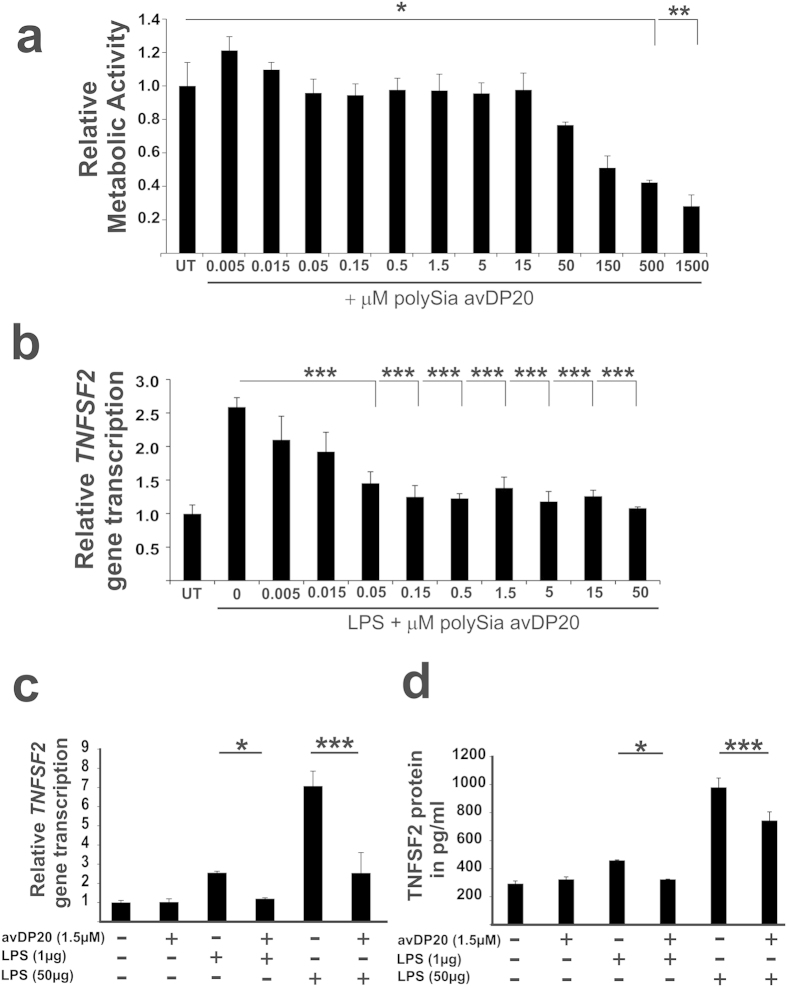Figure 3. PolySia acts at nanomolar concentrations and prevents LPS-stimulated production of TNFSF2.
(a) Metabolic activity of human macrophages was determined by the MTT-assay. Metabolic activity was reduced after addition of 500 μM and 1500 μM polySia avDP20 compared to the untreated control (UT), indicating reduced cell viability. Data are presented as mean +/− SEM of at least n = 3 independent experiments. *p < 0.05, **p < 0.01; ANOVA followed by Bonferroni. (b) Gene transcripts for TNFSF2 of human macrophages after treatment with LPS (1 μg/ml) and different concentrations of polySia avDP20 for 3 hours. At a concentration of 0.05 μM or higher polySia avDP20 reduced the LPS-induced gene transcription of TNFSF2. Data are presented as mean +/− SEM of at least n = 3 independent experiments. ***p < 0.001; ANOVA followed by Bonferroni. (c) Gene transcription of TNFSF2 after treatment with two different LPS concentrations (1 μg/ml and 50 μg/ml) and polySia avDP20 (1.5 μM) for 3 hours. PolySia avDP20 also reduced the gene transcription of TNFSF2 induced by 50 μg/ml LPS. Data are presented as mean +/− SEM of at least n = 3 independent experiments. *p < 0.05, ***p < 0.001; ANOVA followed by Bonferroni. (d) TNFSF2 protein secretion after treatment with two different LPS concentrations (1 μg/ml and 50 μg/ml) and polySia avDP20 (1.5 μM) for 24 hours. PolySia avDP20 reduced the protein secretion of TNFSF2 induced by 50 μg/ml LPS. Data are presented as mean +/− SEM of at least n = 3 independent experiments. *p < 0.05, ***p < 0.001; ANOVA followed by Bonferroni.

